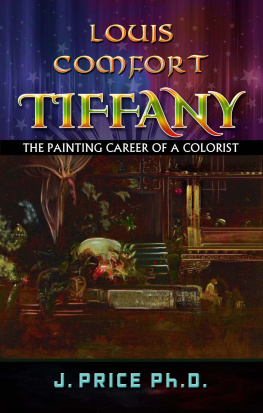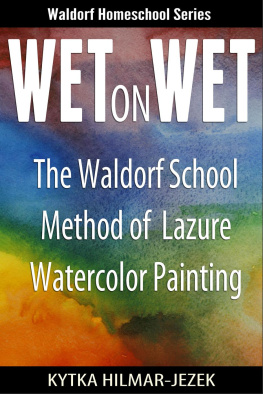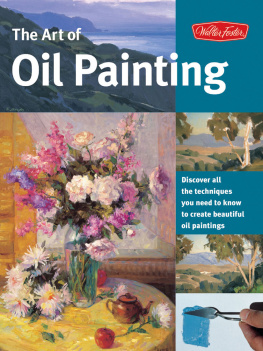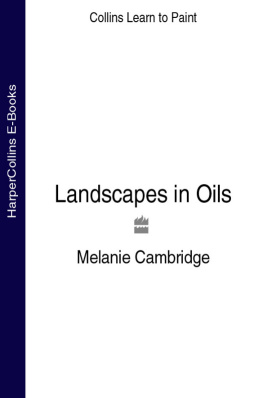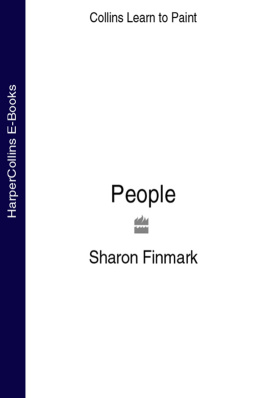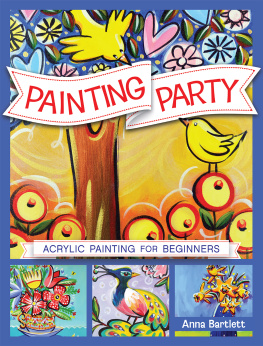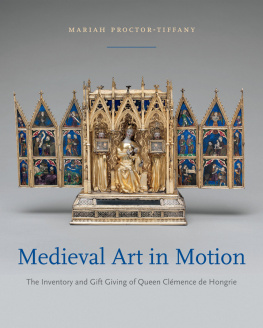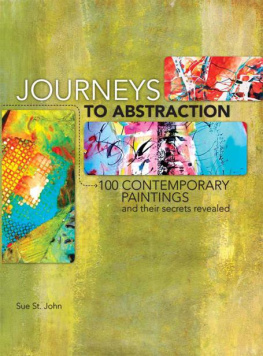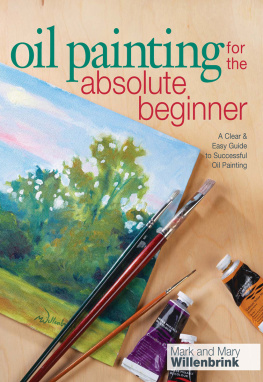
LOUIS COMFORT TIFFANY:
THE PAINTING CAREER OF A COLORIST
J. PRICE Ph.D.

Louis Comfort Tiffany: The Painting Career of a Colorist
Copyright 2019, J. Price Ph.D.
All Rights reserved. No part of this publication may be reproduced or transmitted in any form or by any means, electronic or mechanical, including photocopy, recording or any information storage and retrieval system now known or to be invented, without permission in writing from the publisher, except by a reviewer who wishes to quote brief passages in connection with a review written for inclusion in a magazine, newspaper or broadcast.
eBook Edition:
Produced by 
1827 Walden Office Square Suite 260,
Schaumburg, IL 60173, USA
Enquiries:
www.ebooks2go.net
ePUB ISBN: 978-1-5457-5056-8
Mobi ISBN: 978-1-5457-5057-5
Dedication
I would like to dedicate this book to my friends, who have patiently endured all; to my parents, whose continual emotional support made this possible; to Gary Lee, for his true friendship and to Gary Reynolds for his generosity.
Table of Contents
Introduction
The painting career of Louis Comfort Tiffany reflects the diverse nature of an extraordinarily creative man. His paintings portray a wide range of subjects, settings and themes. The paintings are a visual record, an actual account of his journeys to Europe, North Africa and Canada. The paintings document Tiffanys family life with a jewel-like use of color, attention to detail and a particular figural naivet. It is the purpose of this paper to document his paintings in a developmental stylistic order which will explain the evolution of Tiffanys color concepts.
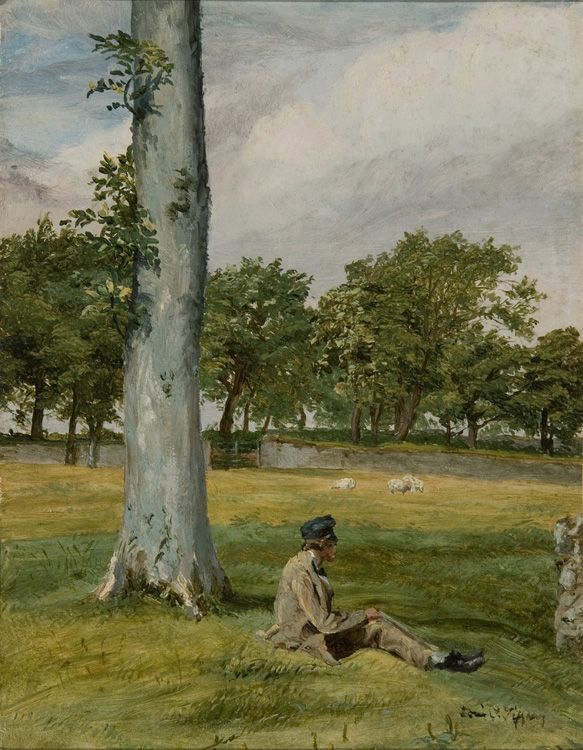
Figure 4.Landscape With Seated Figure 1866
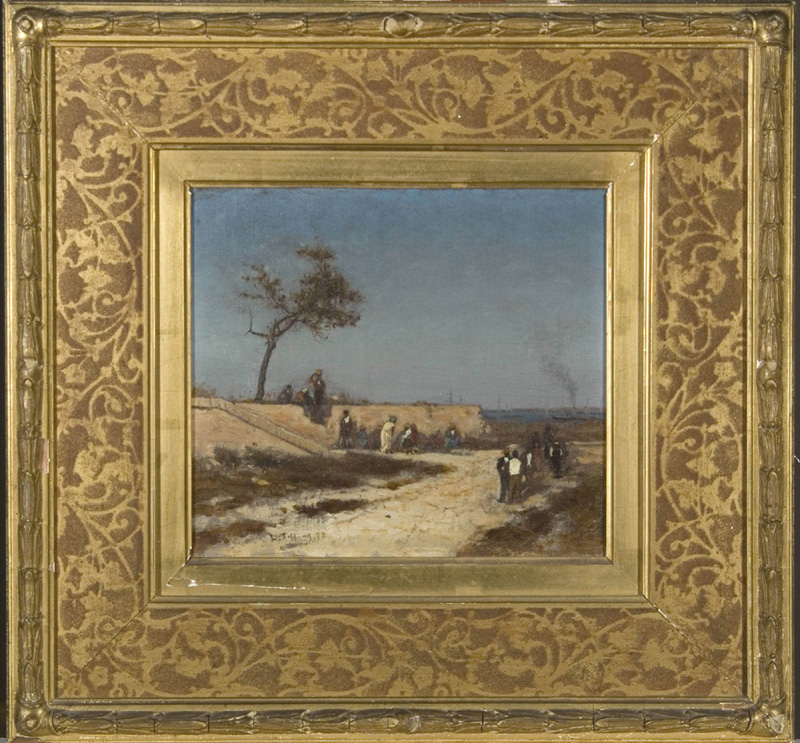
Figure 15. Fruit Vendors under the Seawall at Nassau, New Providence, 1872
Chapter One: The Eclectic Roots of Tiffanys Painting Style
Louis Comfort Tiffany (18481933) formed a specific painting style by assimilating techniques, subject matter, design, color use, and composition from various artists. His fully developed style, which evolved out of years of experimentation, stresses a specific painting technique and color use. It was developed in four stages. In the first stage, Tiffany copied color use, subject matter and actual painting technique from his early teachers, after experiencing difficulties in drawing. His first paintings illustrate this eclectic learning process, resembling the works of George Inness and Samuel Colman. The second stage in the evolution of Tiffanys painting style was the formation of a specific color painting method. This is visible in his first colorist work, entitled Fruit Vendors Under the Seawall at Nassau . The third evolutionary stage was the formation of two specific painting styles, an Orientalist landscape style and the Couture-Colman style, which were the results of different painting methods. Tiffany developed these two styles simultaneously in the early 1870s. The fourth stage in Tiffanys painting career was the assimilation of these two styles into one. It was this amalgamation of approaches, which created the foundation for his fully formed style.
The sources of Tiffanys painting style are found in his early paintings. These works illustrate his eclectic learning process, whereby he imitated three American artists style, techniques and designs.
Louis Comfort Tiffany began his artistic career at Eagleswood Military Academy in Perth Amboy, New Jersey, where he studied drawing, painting and anatomy from 18621865. It was a prize possession for Tiffany. It depicts the Academys buildings with front, back and side views, serving as an example of Tiffanys thoroughness in his art work. The Drawing Award is misleading, however, as in reality Tiffany had difficulty drawing the accurate presentation of proportion, depth and form.
Tiffanys drawing difficulties may be seen in his 1865 European sketchbook. During November 1865 and continuing through March 1866, Tiffany traveled to England, France and Italy. There he created a sketchbook entitled My First Visit to Europe , composed of over 50 pencil and watercolor sketches. The drawing depicts several closely knit buildings, with windows and slate roofs that are placed in front of a cathedral which has a tall tower. Tiffany has some difficulty in the composition of the buildings, for the angles of the roofs meet awkwardly in the shadows. This problem with accuracy is visible is his later works. Tiffany never addresses this problem, instead covering the lack of structure with shading, or in later works, layers of color or clothing. This is why his later paintings of ships, buildings or people appear spineless, or without support. Tiffany developed as a colorist, yet lacked the foundation skills in drawing.
Tiffanys difficulty on drawing the human figure is seen in Maidenhood , which is a watercolor and pencil portrait of his bride, Mary Goddard. His problems with proportion, apparent in the small face, elongated body and tiny hands, continue throughout his painting career. His difficulty with depth is seen in the fact that the figure lies flat on the page.
At Eagles wood, Tiffany was strongly influenced by the artist in residence, George Inness, who arrived there in 1863. He was not officially employed as an instructor; however Tiffany frequented Innesss studio and learned a distinct painting technique from the great artist. This technique is evident in Tiffanys second extant oil painting entitled Landscape with Seated Figure .
This painting emphasizes Innesss painting technique, which was described by George Sheldon, via his observation of George Inness at work, as follows:
First he stains his white fresh canvas with Venetian red, but not enough to lose the sense of transparency. Then, with a piece of charcoal, he draws, more or less carefully, the outlines of the picture, afterwards confirming the outline with a pencil and puts in a few of the prominent shadows with a little ivory-black on a brush. His principle pigments are white, very little black, Antwerp blue, Indian red and lemon-chrome. He begins anywhere on the canvas, and works in mass from generals to particulars, keeping his shadows thin and transparent, allowing the red with which the canvas was stained to come through as part of the color. When the work is sufficiently dry, he adds to his palette cobalt (for the sake of giving permanency to the blues), brown and pink. The last steps are glazing, delicate painting, scumbling, and the use of any additional pigments that are needed.
Tiffany adopted this painting process, which is visible in Landscape With Seated Figure . The work is Tiffanys interpretation of the French Barbizon School, which recalls the work of Emile Corot. Although the painting retains Corots coloring of yellow ochre and moss green, a visual analysis reveals Tiffanys use of the Inness Technique.
The painting contains a red under painting, which is visible of the stone wall, the gate area, the mans trousers and in the fore and midground grassy area. Tiffany used a charcoal outline to begin with the composition and proceeded from large shapes to the very small. As instructed by George Inness, the painting depicts minute details on the surface, as part of the final touches. These are visible in the tiny brush strokes which compose the foreground.
Next page
